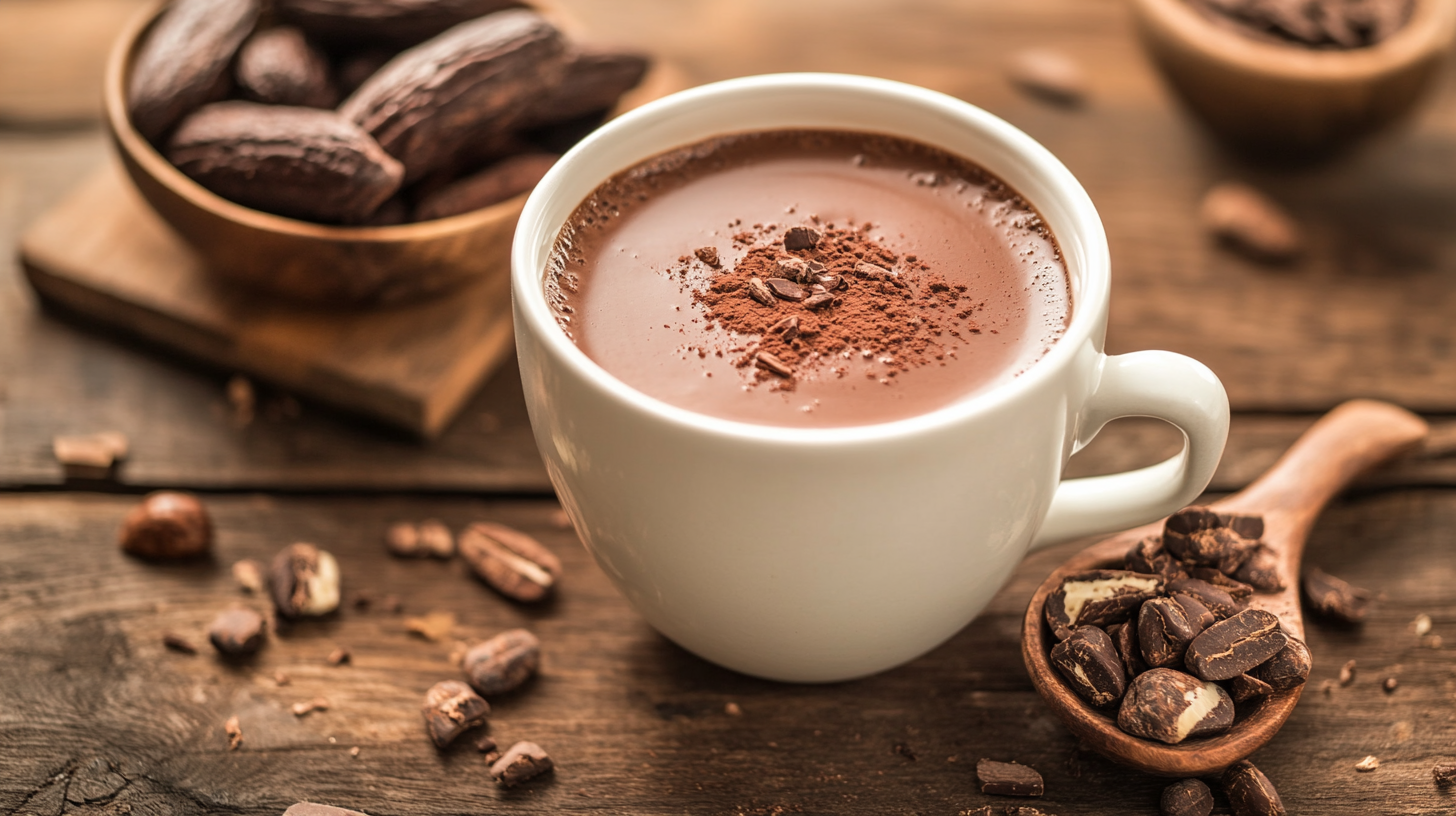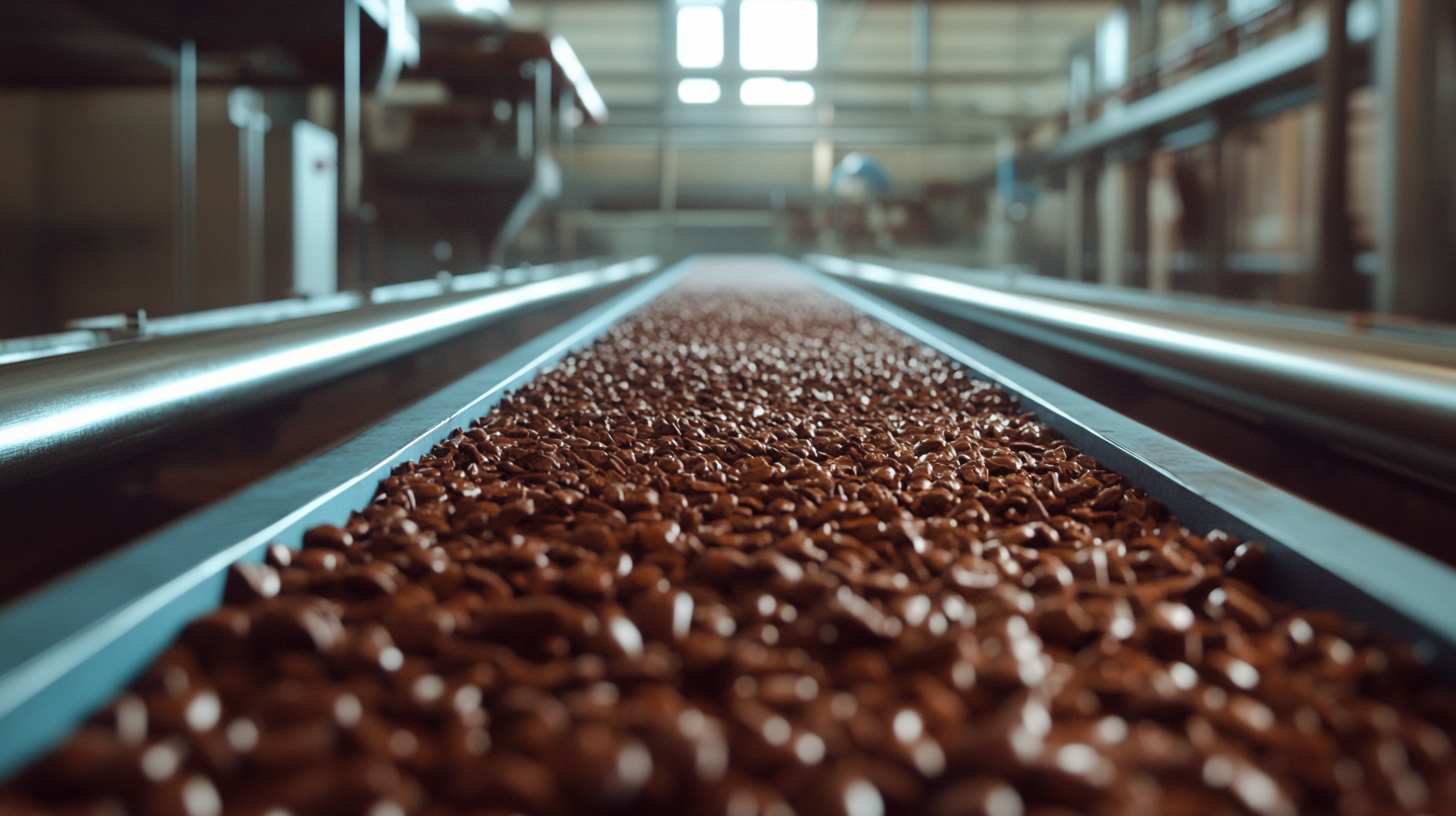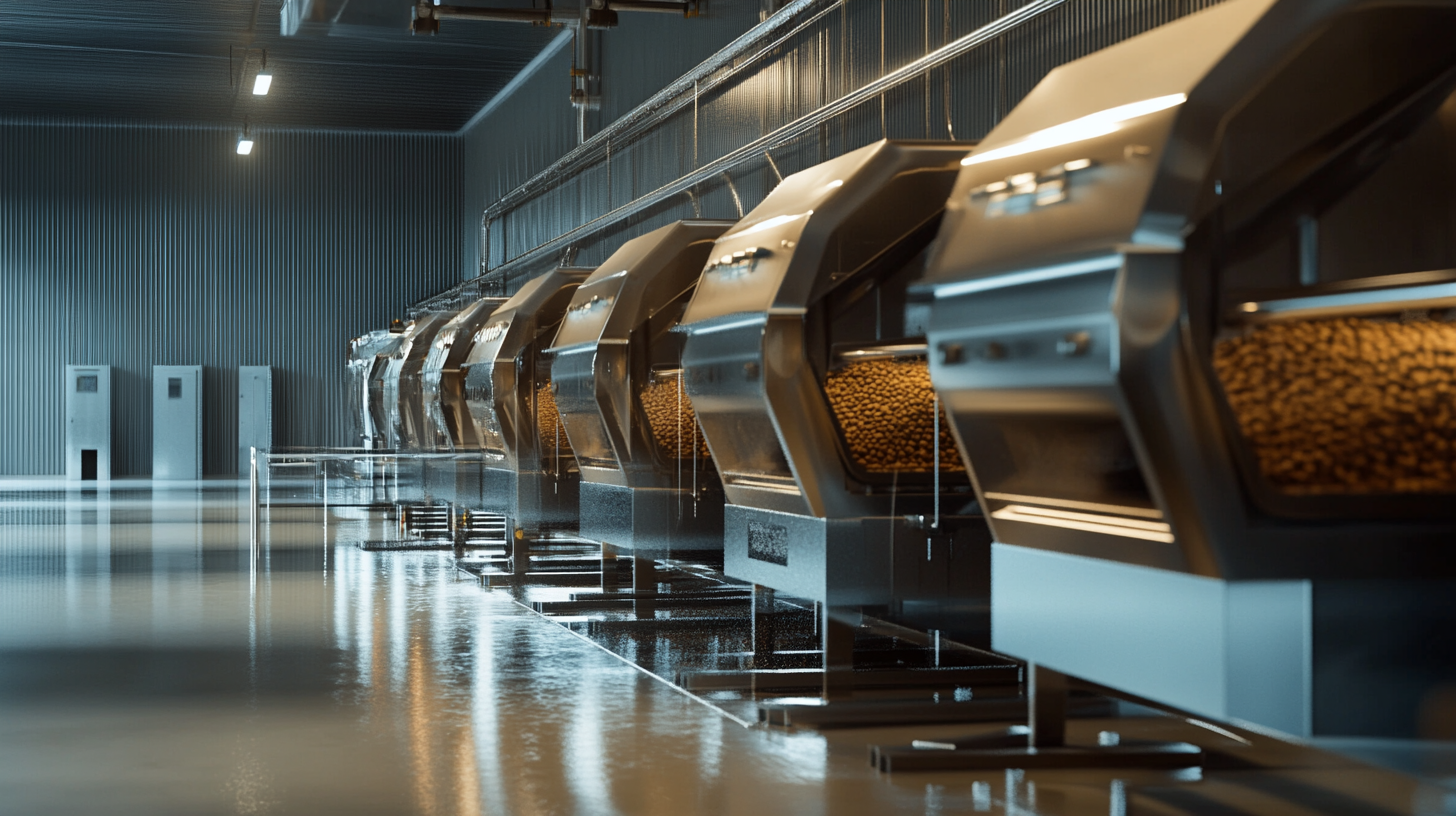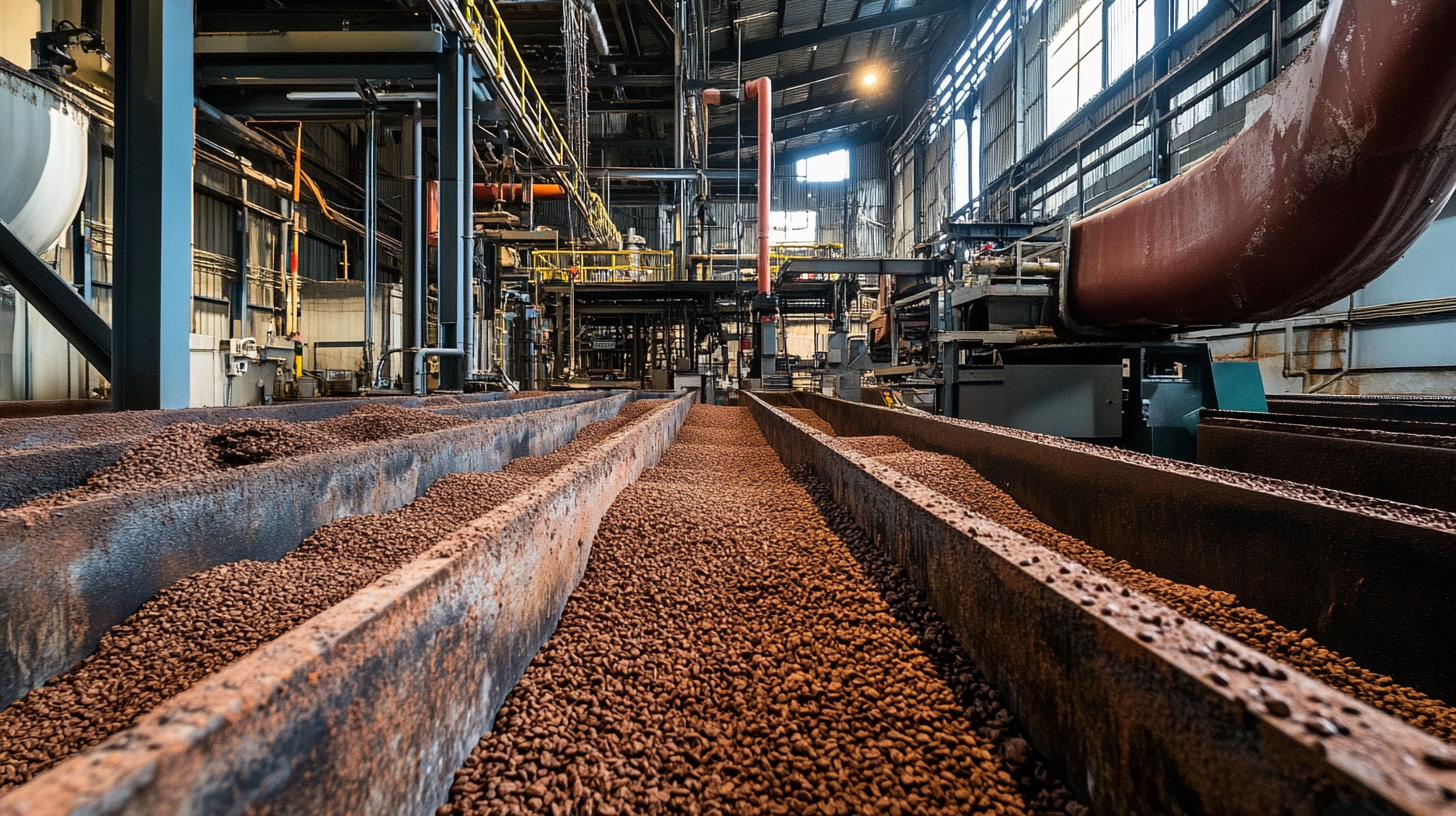Emerging Innovations Shaping Cocoa Drying Machines by 2025
As the world looks forward to decent cocoa consumption in the near future, so does technology develop to improve parts or enhance the production process of cocoa. Within the next three years, significant changes in cocoa will be happening. This is expected to be felt in terms of Cocoa Drying Machines, which, as per new reports of the market, will include the world cocoa market value reaching USD 10.98 billion by 2025, ensuring more sustainability and efficiency of the processes. The rapid increase calls for not only the optimization of cocoa cultivation but also that of the subsequent drying processes which are so critical in preserving quality and flavor.
Cocoa Drying Machines thus play a major role under the post-harvest phase to influence the final product quality and the shelf life. Studies in the industry estimate 30 per cent losses in weight and flavor due to poor drying and therefore offer a golden opportunity for drying solutions of befitting advancement. Innovations such as energy-efficient drying technologies and automation would serve as the way forward for the cocoa industry regarding the processing of cocoa and its fighting for the curtailment of wastage and the maximization of profits. Looking forward, innovations are set to emerge within this sector of cocoa drying technology and all signs point toward changes in what Cocoa Drying Machines have to offer as the solution to satisfy such increased global chocolate demands while ensuring the quality and sustainability of the added value.

Emerging Technologies in Cocoa Drying Processes: An Overview for 2025
Modern technology sets the cocoa industry on a transformation path with innovations to enhance cocoa beans drying systems. By 2025, solar-assisted drying systems, coupled with aeration techniques, are going to be the kind of innovations that are expected to convert the old system into a more efficient and sustainable one. The global cocoa processing market, as estimated in a recent report by Market Research Future, is expected to reach $19 billion in 2025. This accentuates the immediacy for modern processes, which can effectively satisfy the increasing demands while safeguarding quality. One such recent innovation is the application of smart technology in cocoa-drying machines. These machines function independently, depending on the coherence of humid state and temperature into real-time measuring and observing the drying present conditions, therefore optimizing the drying method and minimizing energy usage. According to Technavio, energy-efficient drying solutions can cut operational costs by 30%, making it a significant saving for cocoa producers. The introduction of such technologies improves productivity and allows for the preservation of cocoa's unique flavor and aroma, which are paramount to chocolate manufacturers. In addition to this, mop-dried and freeze-dried technologies are becoming popular in the cocoa business. Research by the International Cocoa Organization suggests that these innovations have the potential to cut drying time by more than 50% compared to conventional sun drying, raising overall efficiency. Investors in these emerging technologies will need to commit if producers are to remain competitive in the global cocoa market, especially as quality and sustainability become a great focus.

Advancements in Energy Efficiency for Cocoa Drying Machines
As far as the evolution of the cocoa industry goes, so go the technologies behind it; especially in the area of cocoa drying machines. In light of the rising demand for sustainable practices, energy efficiency has now gained very high importance. By 2025, energy-efficient drying machine innovations will have brought considerable changes to the cocoa processing industry thereby reducing energy consumption and operational costs.
One of the most promising advancements in the domain is the introduction of solar integration into drying processes. Solar-assisted cocoa drying machines are being developed to harness renewable energy, thereby reducing the dependence on fossil fuels, thereby mitigating greenhouse gas emissions. The systems employ advanced solar panels that convert sunlight into usable energy. Thus, cocoa producers in regions that experience abundant sunshine can dry their beans more sustainably. Innovations in thermal insulation materials further strengthen the efficiency of these machines, storing the heat while cocoa beans are drying and therefore reducing energy loss.
Another important development is smart technologies like IoT sensors and data analytics. These allow the real-time monitoring and optimization of the drying process, guaranteeing uniform and efficient drying of the cocoa beans. Building these technologies will permit producers to control the temperature and humidity accurately to create the best drying environment, minimizing waste while maximizing desirable attributes in their products. Hence, the adoption of this kind of innovative technology matches with the practices of energy efficiency and promotes the demand for quality cocoa on the platform of the international market.

The Role of Automation and IoT in Modern Cocoa Drying Solutions
The cocoa industry is undergoing transformation as new technologies such as automation and the Internet of Things (IoT) change the way things are done in the traditional sense. In cocoa drying, these technologies are not merely improvements; they are true game-changers that promise efficiency and product-quality refinement. Automated drying machines can adjust the parameters in real-time based on moisture levels detected in cocoa beans with the intent of optimizing airflow and temperature during cocoa drying. The objective is to create uniformity in drying while reducing the likelihood of mold and deterioration, thus maintaining bean integrity and flavor.
But with the integration of IoT solutions into drying systems comes a new concept of monitoring and analysis within a very short time. Sensors within the drying equipment, through the Internet, send back useful information such as humidity and temperature data to cloud-based platforms. Cocoa producers can, therefore, access the information remotely, making it possible to monitor operations and implement instant changes. This creates better management of resources, hence promoting sustainability by saving energy and reducing waste during the drying process.
Predictive maintenance may also accrue through automation and IoT. Manufacturers foresee breakdowns of cocoa drying machinery by processing operational data prior to their occurrence, thereby reducing downtime and maintenance costs. It is already evident, looking toward 2025, that the inclusion of these technologies in cocoa drying will lead not only to enhanced productivity but also directly toward the wider goal of establishing a more sustainable and resilient ecosystem for cocoa production.

Sustainable Practices and Their Impact on Cocoa Drying Equipment Design
Drying cocoa is critical to preserving the quality and flavor of the cocoa beans; here, innovations are changing the design of cocoa dryers. Sustainable methods of cocoa bean production have become central to the development of cocoa dryers as the industry develops. The ICCO notes in its report that sustainable production of cocoa brings direct benefits to the environment as well as improving the access to market-needs for regions where consumers are increasingly demanding ethically sourced raw materials. By 2025, manufacturers are expected to align more with these sustainability goals by utilizing bio-composite materials and energy-efficient technologies in their designs.
Renewable sources of energy including solar and biomass are being well integrated in drying machines. The FAO study suggests that solar drying can save up to 60% in carbon emissions. This change is pushing down farmers' operating costs and alleviating environmental impacts, thereby enhancing the sustainability of the cocoa supply chain. Also, smart tech like IoT sensors can come in to oversee the monitoring of humidity and temperature conditions in real time, optimization of the drying process, and ensuring that energy is put to efficient use.
The collaboration of farmers with technology providers and researchers themselves is at the center of the transformation. Innovations that have been applied to drying technologies are leaning more toward easy use with zero or minimized maintenance, hence largely helping smallholder cocoa farmers in developing countries. A report by the Cocoa Research Association indicates that such technologies could contribute up to 30% in increased drying efficiency, which directly affects the quality of the cocoa products. In short, with the cocoa industry expanding towards sustainable practices, drying machines will evolve, thereby laying a foundation for the future of cocoa production.
Market Trends and Future Projections for Cocoa Drying Innovations
By 2025 cocoa drying machinery starts a new era in cocoa production, stressing sustainable and technological innovations. The biggest trend is innovations in energy-efficient drying. As the chocolate industry expands, producers seek methods to minimize energy use and, at the same time, maintain the quality of cocoa beans. This includes the promising technologies of solar dryers and heat recovery, allowing farmers in regions where sunshine availability is high to tap into renewable energy, thereby reducing operational costs and ecological impact.
Another important trend builds on smart technology in cocoa drying processes. Internet of Things (IoT) devices provide real-time monitoring and controlling of drying conditions to attain the best results. These systems report on humidity, temperature, and airflow, thus imparting informed decisions on drying quality and overall cocoa flavor profile. Hence, farmers can bring in more consistencies to their product, of paramount importance to satisfy the stringent requirements of international markets.
The other aspect is automation, expediting the restructuring of cocoa drying machines. Automated systems are, therefore, offered to streamline the drying process, providing saving on labor input and enhancing efficiency. Capable of processing huge amounts of cocoa beans, these machines lessen the dependence of the drying operation on weather conditions and increase flexibility over changing production scales. With such greater productivity, cocoa producers can now proceed to satisfy consumer quality requirements. These emerging trends suggest that the cocoa industry is at the threshold of a technological renaissance that might define the future of cocoa processing.
